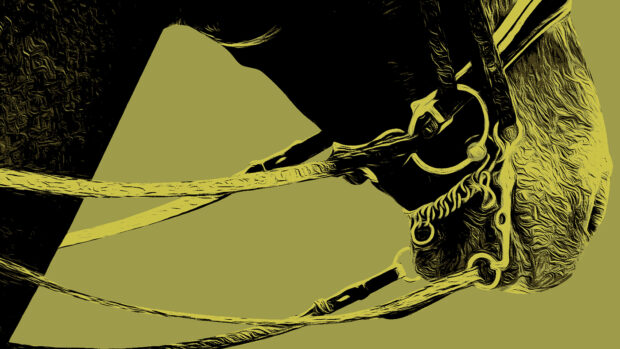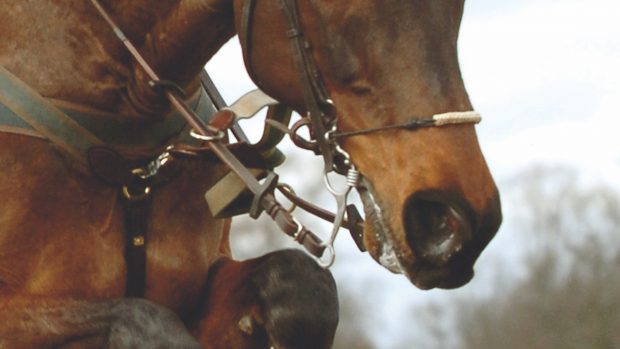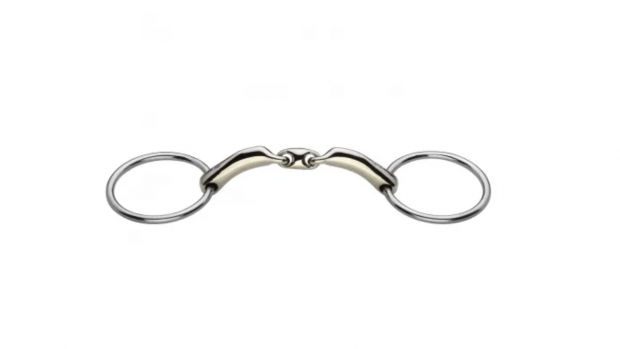Myler bits are popular with riders across all disciplines, but with a wide choice of cheek styles and various mouthpieces available, it is no surprise that some riders are confused as to which bits are ‘dressage legal’.
Historically only a handful of Myler mouthpieces were accepted under FEI and British Dressage (BD) rules, but this was relaxed when the 2017 rule bit and tack rule changes came in, meaning a far wider range are now approved for use in competitive dressage.
Which Myler bits are dressage legal?
The following Myler snaffles are now dressage legal, although hooks, the slots in the cheek rings that hold the bit off the horse’s tongue when pressure is not engaged, are not allowed under FEI/BD rules.
- Myler Weymouth (curb) bits
- Myler 02 (comfort snaffle wide barrel) as a bridoon
- Myler 32 (mullen barrell) as a bridoon
- Myler 04 (loose ring comfort snaffle low port) as a snaffle and a bridoon
- Myler 06 (low port mullen barrel) as a snaffle and a bridoon
- Myler 36 (forward tilted ported barrel) as a snaffle and a bridoon
- Myler 33WL (low wide ported barrel) as a snaffle
- Myler 33 (ported barrel) as a snaffle
- Myler 10 (french link) as a snaffle
The usual rules regarding at what level of competition you are allowed to use a double bridle, verses riding in a snaffle, still apply.
Who uses them?
Former British dressage champion Nicky Barrett uses all of the above dressage-legal bits to compete in, as well as Myler’s approved double bridle bits. She is a fan of the recently dressage-legal Myler ported barrel, which has a curved mouthpiece with a 1 1/2in port and centre barrel. Lucinda Fredericks and Anna Ross are also Myler fans.
How do they work?
The wide choice of mouthpieces aims to ensure each horse is bitted for its specific needs.
Myler bits were developed to obtain communication through comfort and relaxation, so the signal to the horse, as well as the reward, can be clear.
Bitting expert and Myler retailer Heidi Turner-Day, from Fox Saddlery in Tewkesbury, Gloucestershire, says: ”The Myler bits are graded in levels according to their action, the riders skill level and the horses training programme.
“Myler recommend that the horse is trained at home in the most appropriate Myler bit for his own individual needs, in order to advance his training comfortably. The horse should then perform the dressage test in the most suitable dressage-legal bit.
“If you are interested in trying a Myler bit for your horse, I recommend that advice be sought from a Myler retailer regarding fitting and your horse’s individual requirements.”
Updated: April 2017



